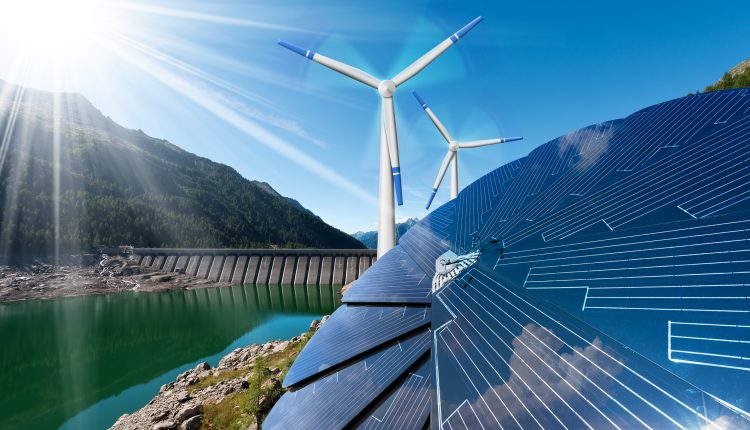International Energy Agency tailors a plan for post COVID-19
As per the energy-focused COVID-19 recovery plan conducted by the International Energy Agency (IEA), actions and solutions were determined to aid our world to gravitate towards a more promising, prosperous, and sustainable future.
In order to reinforce this noble purpose, investment in existing Nuclear Power Plants (NPPs), the establishment of new ones, and last but not least the induction of innovation into Small Modular Reactors (SMRs), should be taken into account. The recovery plan also encompassed some robust measures that would underpin a wide range of technologies pertinent to the shift to cleaner energy sources.
Agneta Rising, former Director General of World Nuclear Association, commented on what was mentioned by the IEA in their recovery plan by stating: “This report confirms that extending the operations of existing nuclear plants will support thousands of jobs and avoid more emissions per GW than other low-carbon options.” Additionally, she added: “Governments stimulus packages should also accelerate the deployment of new nuclear build, to bring immediate employment and economics benefits through policies aimed at delivering a clean energy future.”
Thus, the report hammered, basically, on two fundamental and indispensable topics that would contribute to the accomplishment of both purposes mentioned beforehand, which are securing a future that enjoys the presence and abundance of cleaner energy sources, along with generating sustainable job opportunities for people who are in dire need of work.
A promising future of a sustainable clean energy:
Based on what was brought up in the report, the extension of the lifespan of any NPP would partake in the enhancement of electricity security. Meaning, by lowering the risk of outages, boosting flexibility, reducing losses, and integrating larger shares of variable renewables such as; wind and solar energies, this looked-for security of electricity which will be guaranteed further down the road. Moreover, and as a matter of course, the perennial operation at any NPP would result in lessening fossil fuel imports, as well as improving the affordability of electricity to consumers at scale.
Also, the IEA’s report reiterated that exerting some endeavors in modernizing and upgrading the existing and running nuclear facilities, would lead to the avoidance of a steep decline in low-carbon electricity generation. Hence, the establishment and construction of new nuclear facilities would, certainly and subsequently, boost low-carbon generation.
Generating job opportunities:
As previously mentioned, the IEA’s recovery plan also included a recommendation relevant to the investment in new NPPs. Nevertheless, the report expounded the unfortunate fact that the number of new NPPs, which are ready to be constructed, is low, despite the truth that thousands of supply chain jobs would be created and secured years before the NPPs’ construction.


